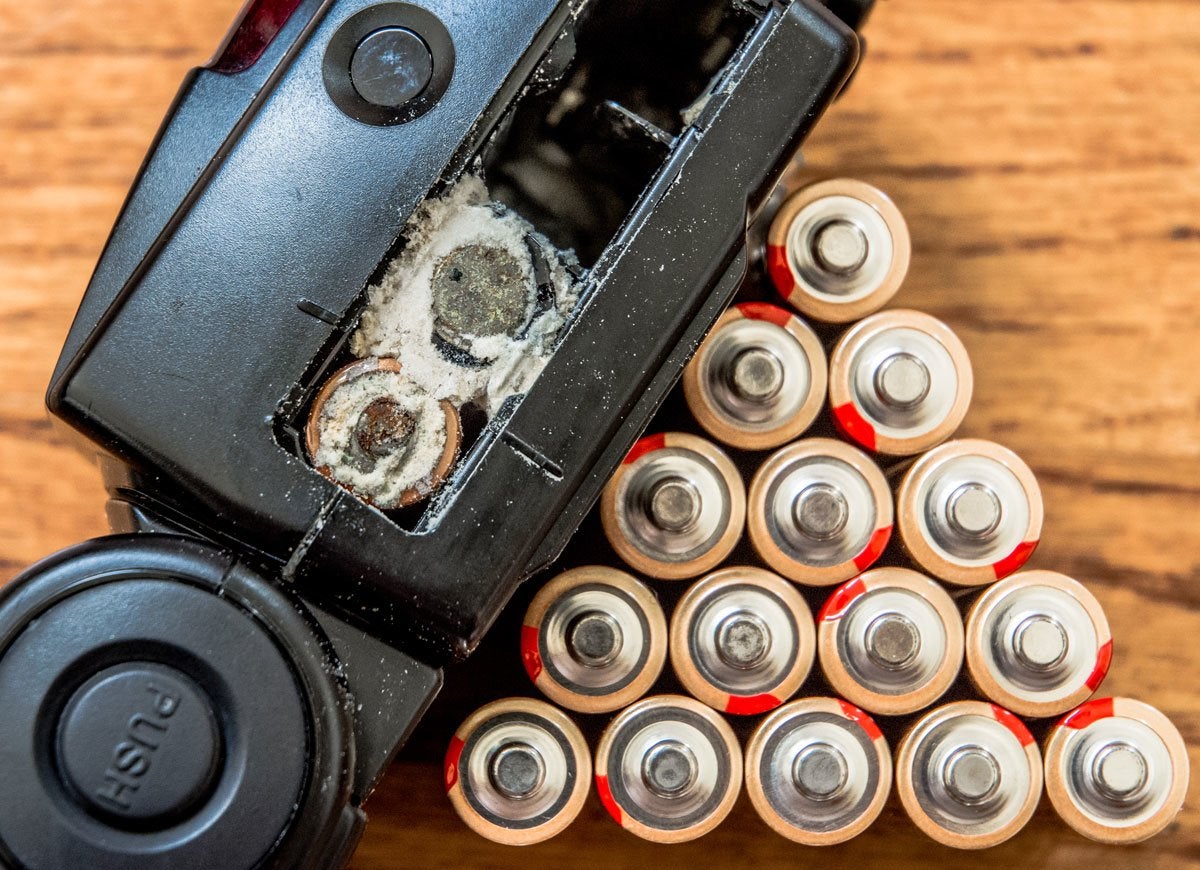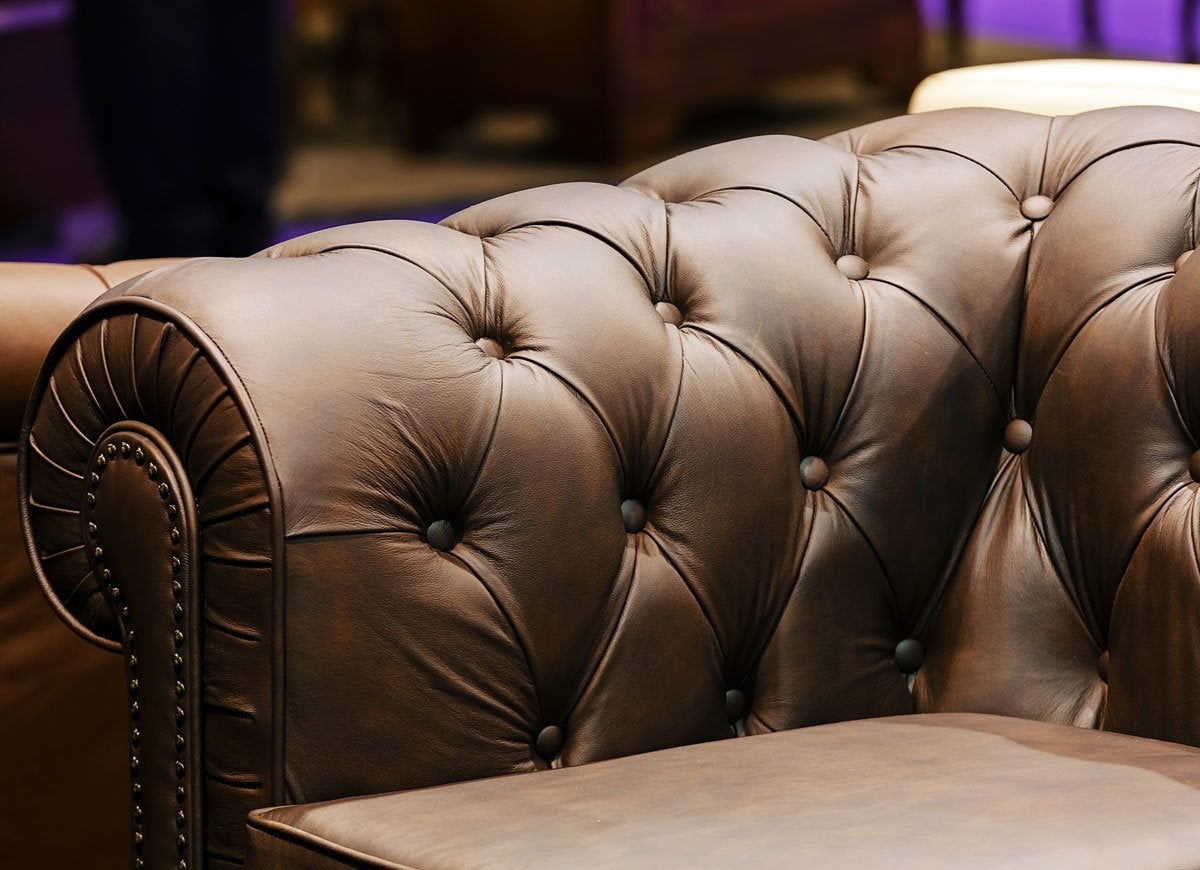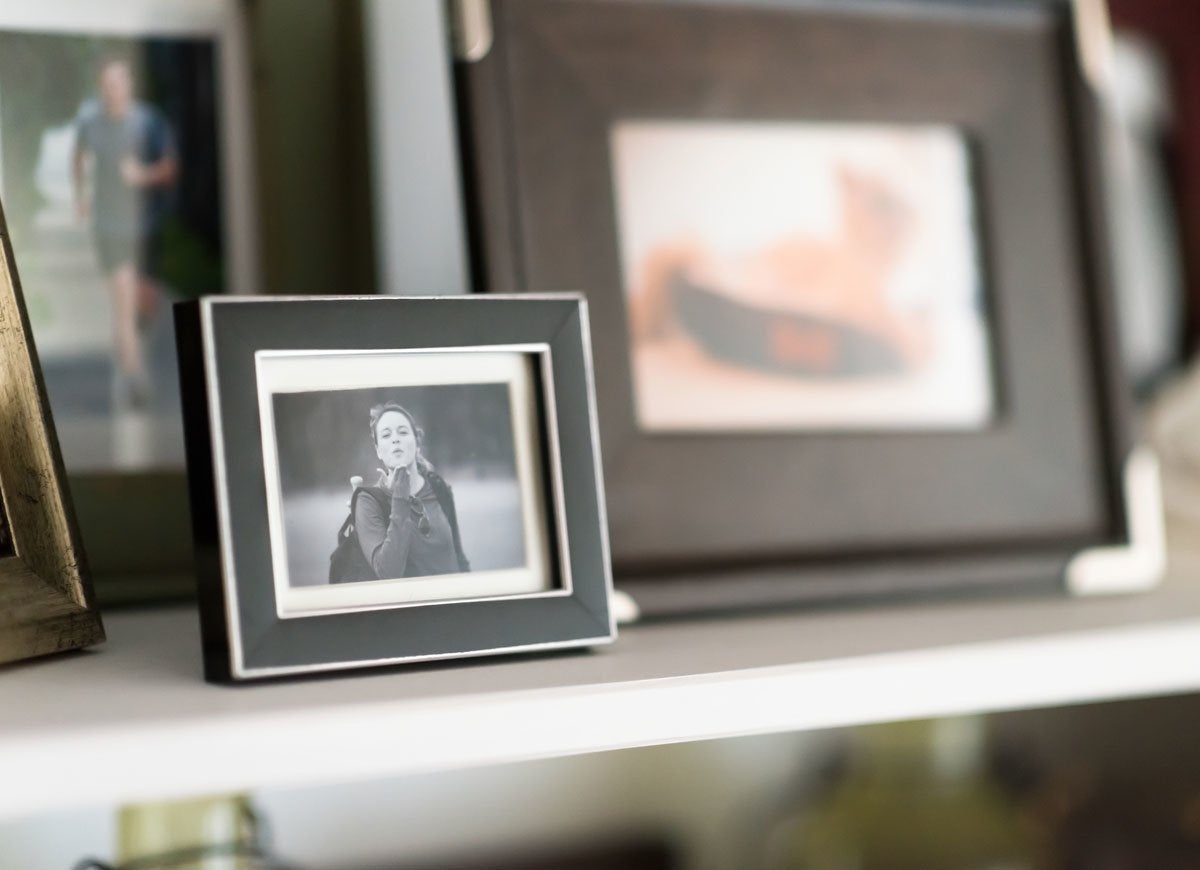

We may earn revenue from the products available on this page and participate in affiliate programs. Learn More ›
Home Advice You Can Trust
Tips, tricks & ideas for a better home and yard, delivered to your inbox daily.
Conceal Chips in Tile Floors

Dropping something heavy onto a ceramic tile floor can result in an ugly surface chip. Thankfully, though, you can camouflage the imperfection with Q-tips and nail polish! Start by finding an inexpensive bottle of polish that matches the color of your tile. (Because some tiles have many colors, you may have to buy several different nail polishes.) Use a Q-tip to lightly dab the polish onto the chipped spot, grabbing a fresh swab for each color, then allow the polish to dry. Repeat the process until the chipped area matches the surrounding tile.
Clean Your Keyboard

Overt time, computer keyboards can become coated in sticky grime. A quick wipe of the keyboard’s surface won’t really do the trick, because the sides of the keys collect coffee stains, stray crumbs, and everything in between. For more thorough results, dip a Q-tip in rubbing alcohol and squeeze out the excess, then run the swab between the keys to remove every bit of stubborn gunk.
Touch Up Painted Walls

Sooner or later, you’re bound to scratch a painted wall while moving furniture around the living room or guiding a large object down a narrow hallway. Instead of repainting the entire wall, touch up the scuff with a Q-tip. Simply twist your fingers over the tip of the swab to tighten the cotton, and then use it to dab matching paint over the scratch.
Detail Your Car Interior

With Q-tips, it’s a snap to clean the tiny slots in your car’s AC vents or wipe out the crease around the gear shift knob. Dampen a swab with rubbing alcohol to clean laminated and hard plastic parts in your car, and rely on plain water to freshen up the creases in leather upholstery.
Clean Kitchen Cabinet Molding

Spilled foods and liquids have a tendency to settle in the corners of kitchen cabinet molding, where they become magnets for dust and grime. To remove food deposits from these tight spots, lightly mist the area with an all-purpose cleaner, then use Q-tips to clean out the dirt. For stubborn gunk, roll the tip of a swab into a point and press it firmly into a corner, twisting it to remove any residue.
Clean Battery Corrosion

Corrosion—the grainy deposits caused by battery acid leaks in remote controls, flashlights, and other battery-operated items—must be removed before you can insert new batteries. For an easy DIY method, dip a Q-tip in a solution of equal parts white vinegar and water, then swirl it around the corrosive deposits. Let the battery compartment dry completely before inserting new batteries.
Apply Stain to Elaborate Woodwork

Perhaps the toughest part of staining ornate woodwork is applying stain evenly over all those tiny creases and swirls—or removing it when necessary. To make the process easier, use a Q-tip to work wood stain into narrow recesses and decorative details. Similarly, you can remove excess stain with a clean Q-tip.
Freshen Leather Furniture

Scratches and scuffs can quickly make your leather furniture look sloppy and dated. Fortunately, a fast face-lift takes little more than Q-tips and a bit of petroleum jelly. To refreshen your leather couches and chairs, use a Q-tip to rub a very thin layer of petroleum jelly into abrasions and scuffs, then wipe away any excess with a soft, dry cloth. Try this method on leather shoes and purses too!
Increase Your Vegetable Harvest

With a handy Q-tip, you can help honeybees distribute pollen from male flowers to female flowers. Pull gently on the end of a dry swab to loosen the cotton, and then lightly touch the centers of every open blossom. Your plants will reward you with a bumper crop!
Clean HVAC Vents

Dust often settles in the slots of HVAC vent covers, making them look dingy. Start by removing the cover from the wall (if possible) and cleaning the front and back of the cover with a microfiber duster. Then, dampen the tip of a cotton swab with water, squeeze out the excess, and wipe it between each slot to clean out debris. For best results, use a fresh Q-tip for each slot.
Remove Small Stains on Fabric

If you’ve stained the white portion of a multicolored shirt, you can remove the stain with bleach and a Q-tip. Add one teaspoon of bleach to ¼ cup of water. Dip a Q-tip into the solution and squeeze out the excess before dabbing it directly on any stains in the white areas of the shirt. Allow the solution to dry before laundering the shirt as you normally would.
Clean Ornate Picture Frames

Don’t despair if your collection of decorative picture frames gets dusty. Clean the glass with a soft cloth and non-streaking glass cleaner, then dampen a Q-tip with the same cleaner and wipe the edges of the glass where it meets the frame. To clean the frame itself, a swab coated with dusting spray can tackle even the most detailed designs.
Remove Grime from Light Switches

Fingertip oils can collect on light switches, attracting dust and giving your switch plates a grubby look. While it’s difficult to clean the tiny crevices of switches with a regular cleaning cloth, a Q-tip can easily navigate those hard-to-reach places. Simply dampen a swab with all-purpose cleaner, and wipe the switches and switch plates to remove all traces of grime.
Polish Cabinet Hardware

Brass or copper cabinet hardware tends to tarnish quickly, but pulls and knobs can be a real pain to keep shiny because the polishing solution can splash on cabinets, where it can dull or harm the finish. Prevent damage by using a Q-tip to apply polishing solution to the hardware, which will help protect the surface of the cabinet. Use a clean Q-tip to wipe the solution away before buffing the handle with a soft, clean cloth.

Meet the 2025 Tools of the Year
After months of scouring the market and putting products through their paces, we’ve named the best of the best in new tools. There’s something for everyone, from veteran pros to average Joes.